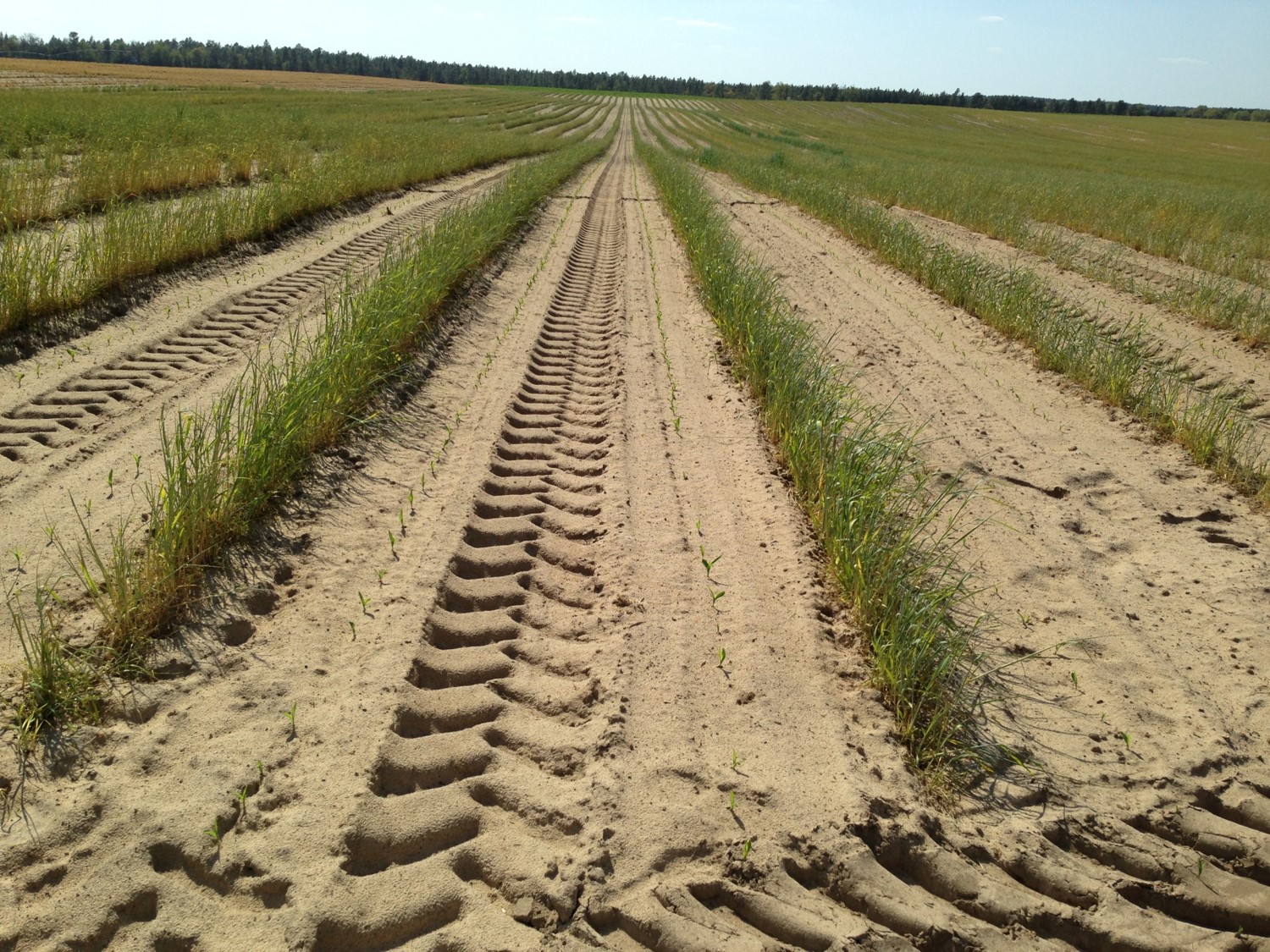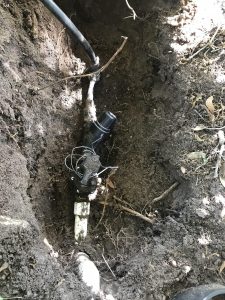Sweet Corn:

- When a field has ears where ~95% have 1” of silk sticking out, you say the field is at “full silk”; which means that we are 18 days out from harvesting that field
- Corn is self pollinated; the tassel drops pollen which falls onto the silk
- Always plant white corn one half a mile away or two weeks after yellow or bicolor to prevent cross pollination (ie. Causing white corn to have mixed yellow kernels) –same applies for GMO and non GMO corn; plant in fields far enough apart, or make sure the two week pollination windows are different
- You can look at the silks under a magnifying glass to check to see if they have been fully pollinated. If the silk has not been pollinated, then it will look like a split end of a piece of hair. Once that silk is received one grain of pollen, then it closes that split to keep from being double pollinated.
- As corn is silking, we need to start taping off the tassels to separate the different plantings and different varieties (normally starts the 3rd wk of May); Use three different rolls of marking tape, one for each: white, bicolor, and yellow
- When analyzing our corn yield data, we need to sort by variety in order of the variety name (names first, then the variety numbers in ascending order); next, list all of the yields/variety per acre for each planting; finally take the average of the yields/ acre for each variety and rank them from best to worst.

The rye was sprayed with Poast to kill it when it was about 2-3 feet tall. Now as the rye dies, it stands tall to protect the little corn until it grows tall enough to make it.


